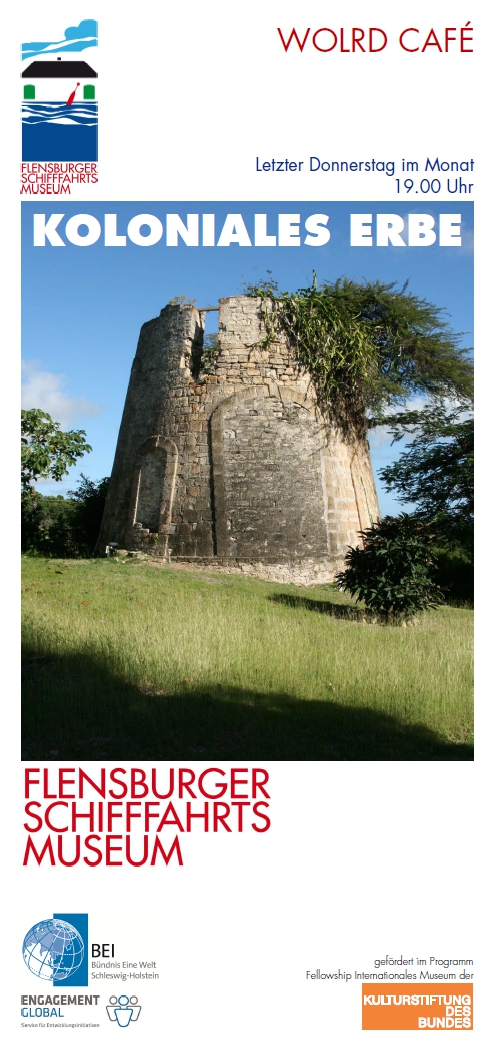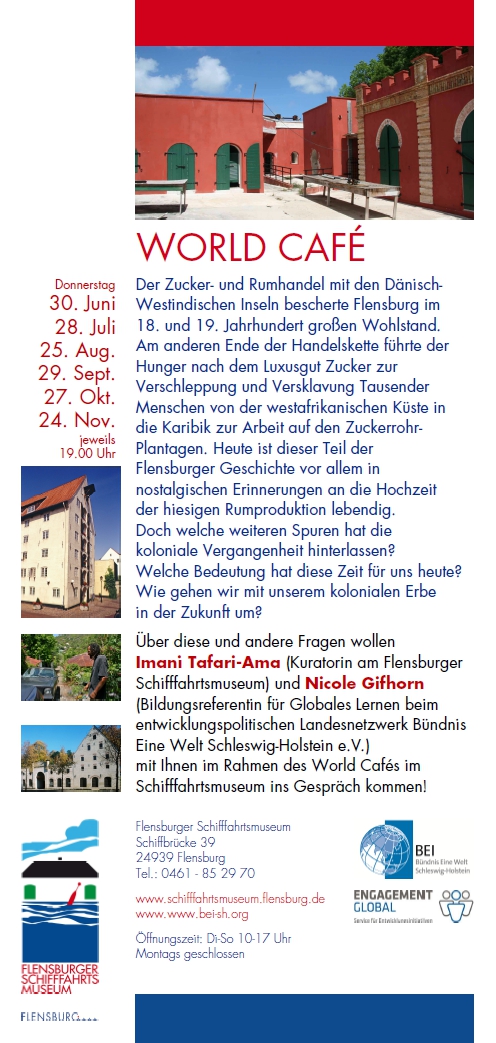
Captain Nis Brodersen 1846
 |
Urania of Flensburg
Captain Nis Brodersen 1846 |
| The »Urania of Flensburg« did not surf the Internet | . |
. . . 150 years ago, but with the power of the wind to the West Indies. The journey from Flensburg to St. Croix (at that time danish colony, today one of the US Virgin Islands) took the sailing ship two to three months that time. Built in 1826 in Stettin, it was led by captains of the Brodersen Family for more than 33 years, before it fell victim to a hurricane on the 30th of September 1866 in the port of Puerto Plata (today in the Dominican Republic) after 40 years of adventurous travels to the West Indies.
The frigate was registered under the flag number Q 131 in Flensburg and had over 100 commerce loads load capacity (over 200 register tons) after two reconstructions. Asmus (Rasmus) Brodersen (1783-1858), born in Haugaard, Rinkenis at the Flensburg Fjord, moved to Flensburg-St. Jürgen and was captain and shipowner for 20 years, followed by his sons Nis (1808-1864) and Behrend (1811-1867), who led the ship for 8 and 5 years until 1859. The Urania was predominantly used as a freighter with a crew of 14 men under the Danish flag in the West Indies trade, which experienced its bloom time in Flensburg from 1814 to 1856 and justified the reputation as "rum town". From Flensburg food, building materials and coke was brought to Christiansted on St. Croix in order to get predominantly sugar, rum, color woods and spices from there by bartering. A typical travel route at the beginning of March led via Skagen through the North Sea, the British Channel and the Biskaya first to Madeira and afterwards by utilization of the trade winds directly to the Danish Caribbean Islands, which were reached in May or June. After un- and reloading, the return journey hurried, in order to escape the local autumn storms, along the North American coast and back over the Atlantic to Flensburg, where the ship was reexpected even before Christmas.
These travels were no vacation trips, an impressive description is found
in a letter of Nis Brodersen to his wife and children from the 6th of December
1848 from Nyborg, Denmark, before returning to Flensburg:
| Closely loved mother and children!
After a long and very cumbersome journey I received your me so dear letter from the 28th of November. After having lost both anchors in a dreadful storm on the 29th of November, it was close to the fact that ship and charge, as our all lives had remained on the stem. God safed us and we arrived here luckily on the 1st of December. If I ever longed to complete a journey, it is certainly this one, it began opposingly and seems willingly to remain in such a way up to the latter. 16 days after having left St. Croix, we came into a storm. Most of the sails flew away, our pipe [oar] broke, the ship became so leaking that we carried it as well as on bars since then, and it is still like that. The tails of the figurehead are away on both sides and even much more. After that we have always had storm, high sea and head wind. On one day we ran aground. In the Channel we floated with storm and southern winds, therefore it was impossible for us to bring messages to the land without loosing a sailing boat. So, here you have a long description of our journey. On the 3rd of December we left here, however, we were forced to return again today. I hope, you are all fine and ask you for sending my regards to my parents, brothers and sisters. Greetings and kisses to my children and show father [captain Asmus Brodersen] this letter; in hope for good wind as soon as possible to come home quickly, embraces and kisses you your right into death faithful husband and father - Nis Brodersen. |
| This photo shows ship’s captain Nis
Brodersen, born on July 4th, 1808 in Flensburg, with his wife Barbara Maria,
née Paulsen. For many years he led the »Urania
of Flensburg« to St. Croix or towards
Greenland for whale hunting. By an explosion of a harpoon gun he lost a
leg and was a merchant seaman for ten further years, wearing a wooden leg
after the amputation in Stavanger. Afterwards he worked for a branch on
St. Croix. Nis Brodersen died on June 6th, 1864 at sea and was buried in
London. His son Jürgen Brodersen (1839–1900) later took
over the wholesale business for colonial goods in Flensburg »J.
Brodersen, once H.P. Schmidt«, the «Indigo-yard«.
This building in Angelburger Street 28 reminded of the old West Indies
tradition for many more years.
After 150 years and 6 generations there is still much more to reread
or to report about the West Indian travel, the frigate Urania and its captains
(Haß, D.: Die Flensburger Fregatte Urania und ihre Kapitäne,
Flensburg 1981; Ruehmann, H.: Von Flensburg nach Westindien, Flensburg
1997; Henningsen, L.N.: Flensburger Schiffe in der Ostsee, im Mittelmeer
und in Westindien 1790-1850 - Die
Sammlung Brodersen im Flensborghus, Flensburg 2005). Thank you very
much for further details about the "Urania" or your e-mail greetings.
|
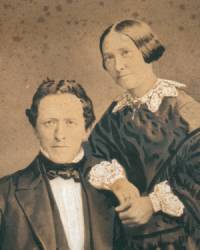
Nis and Maria Brodersen (about 1850) |
 The
Brodersen
Family from Flensburg in Germany greets you with this homepage (01.11.2016)
The
Brodersen
Family from Flensburg in Germany greets you with this homepage (01.11.2016)
and looks forward to your e-mail message: hjb.fl@gmx.de
Dr. Hans-Jürgen Brodersen, Dr. Brigitte Brodersen,
Jörg Stefan and Kay Henning
Postbox 2763, D 24917 Flensburg, telephone: +49 461 3 8344, mobile:
+49 171 625 1675
The author of this translation, Joerg Stefan Brodersen, has tried to convert the source with strong precision and excuses himself therefore for any language mistakes which might be in the text.
Im Kielwasser der »Urania von Flensburg« durch die Karibik
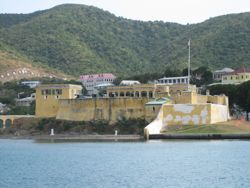 |
 |
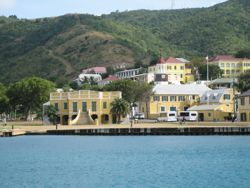 |
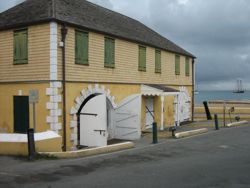 |
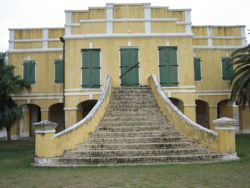 |
 |
 |
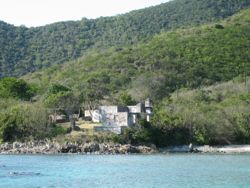 |
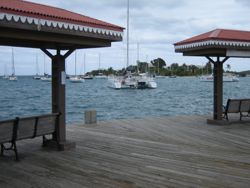 |
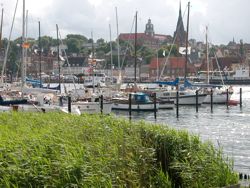 |
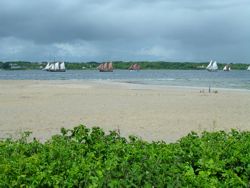 |
 |
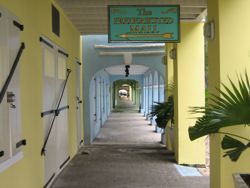 |
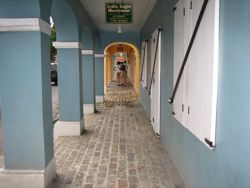 |
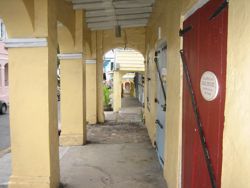 |
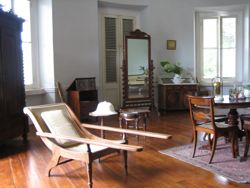 |
 |
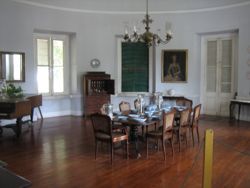 |
 |
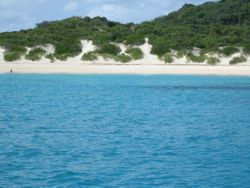 |
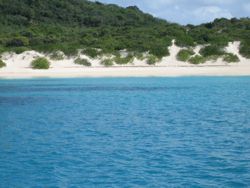 |
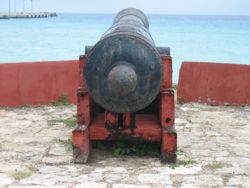 |
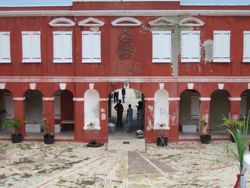 |
 |
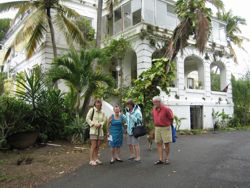 |
 |
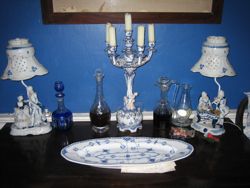 |
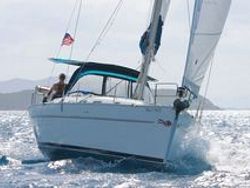 |
 |
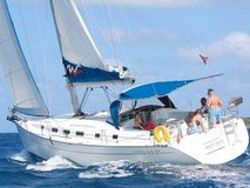 |
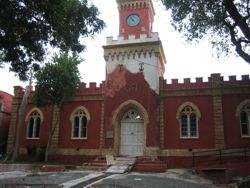 |
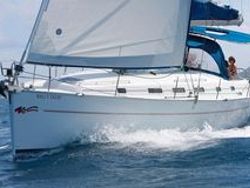 |
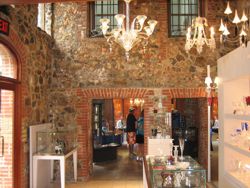 |
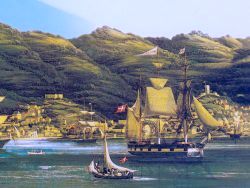 |
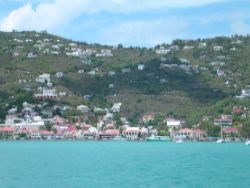 |
 |
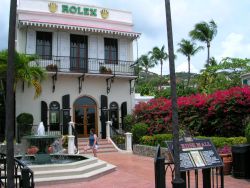 |
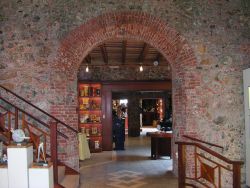 |
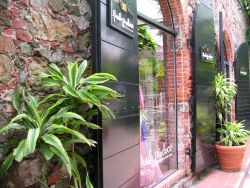 |
 |
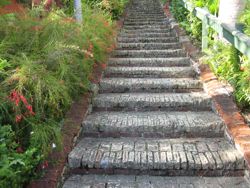 |
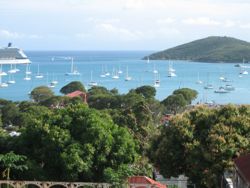 |
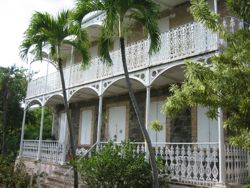 |
 |
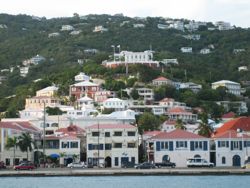 |
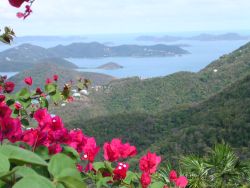 |
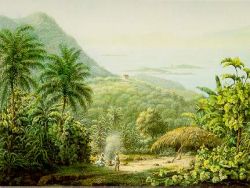 |
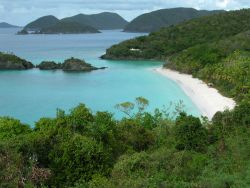 |
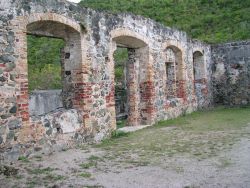 |
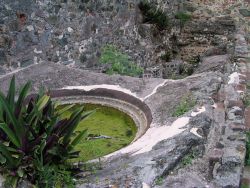 |
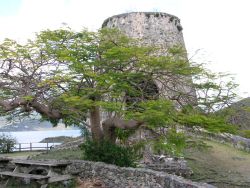 |
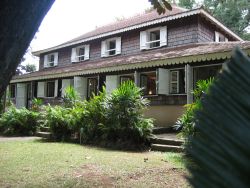 |
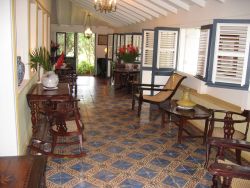 |
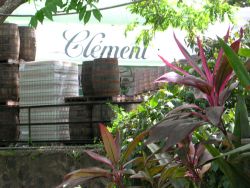 |
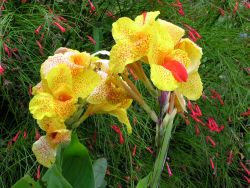 |
 |
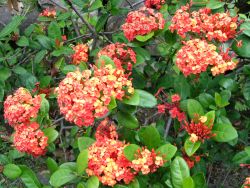 |
 |
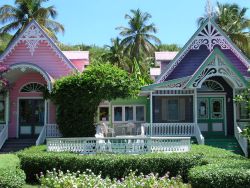 |
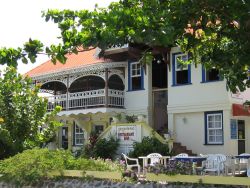 |
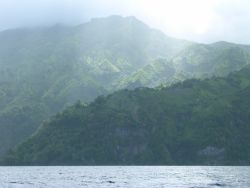 |
 |
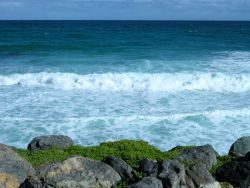 |
 |
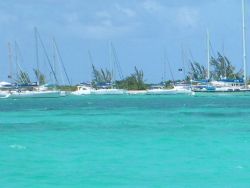 |
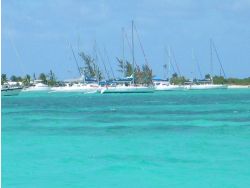 |
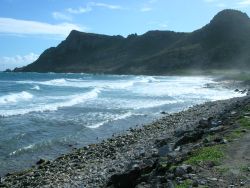 |
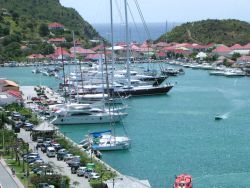 |
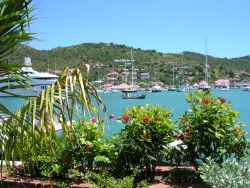 |
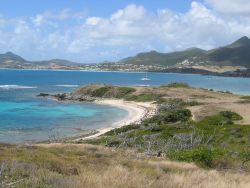 |
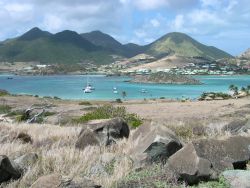 |
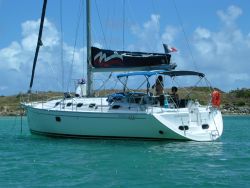 |
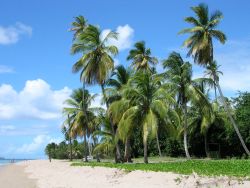 |
 |
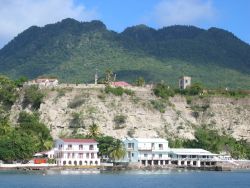 |
 |
 |
 |
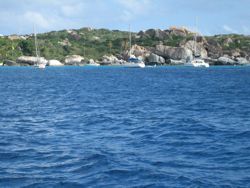 |
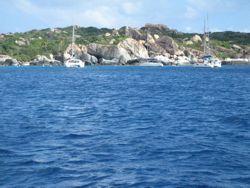 |
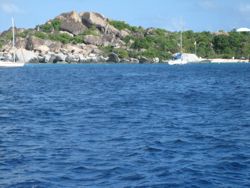 |
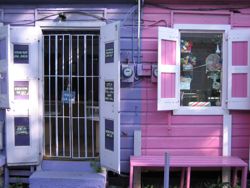 |
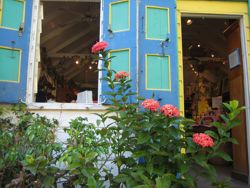 |
 |
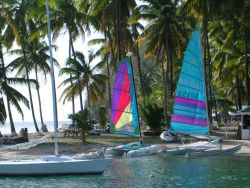 |
 |
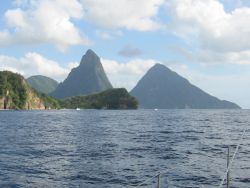 |
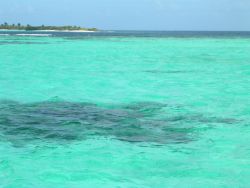 |
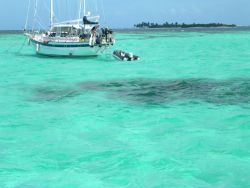 |
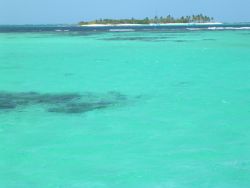 |
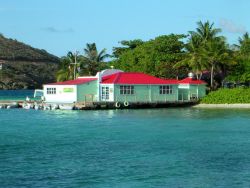 |
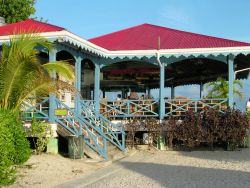 |
 |
 |
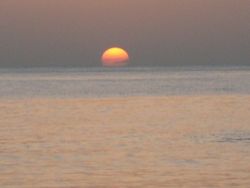 |
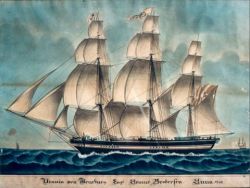 |
 |
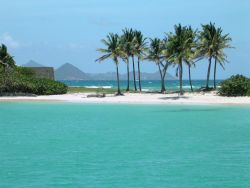 |
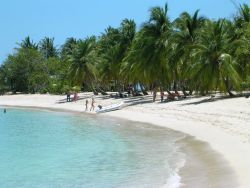 |
Ausstellung und Tagung im Flensburger Schiffahrtsmuseum zum Thema Westindien im Mai 2006
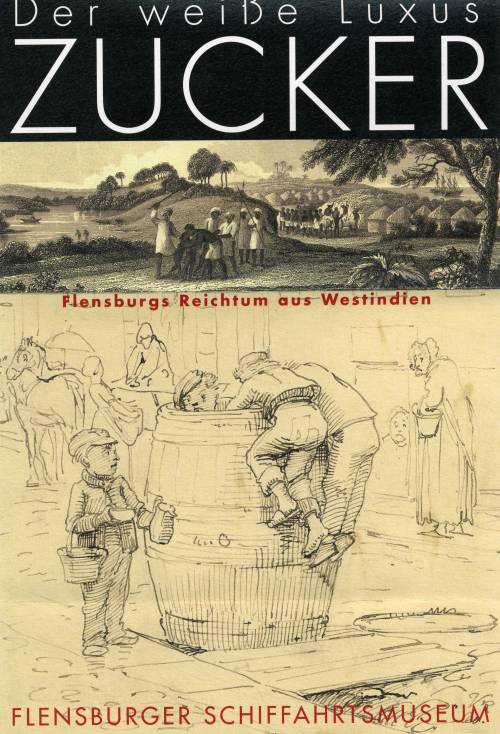
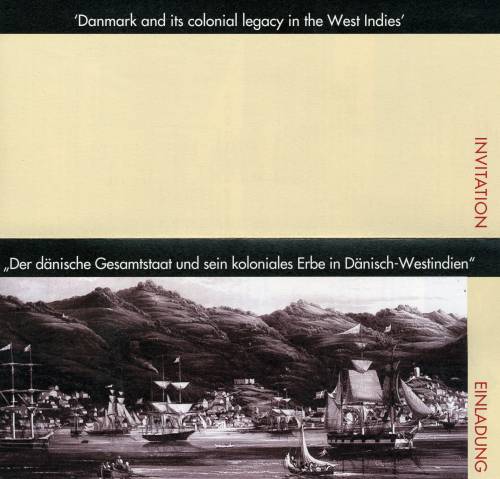

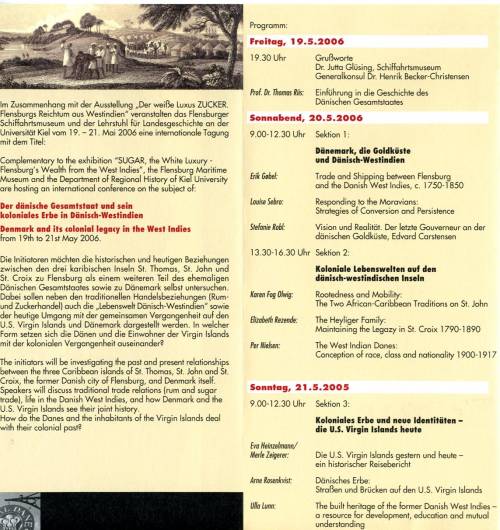
Ausstellung im Flensburger Schiffahrtsmuseum zum Thema Westindien im November 2011 - Februar 2012
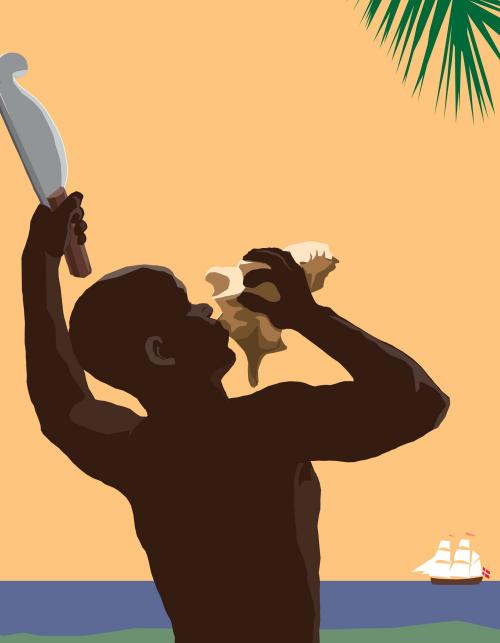
Dänisch Westindien. Aufbau einer Kolonie (Flensburg, 26.11.2011-26.02.2012)
Die Ausstellung erzählt die Geschichte Dänisch-Westindiens
von der Gründung der Kolonie im 17. Jahrhundert bis zum Ende ihrer
wirtschaftlichen Blütezeit Anfang des 19. Jahrhunderts. Sie beschreibt
die Plantagen, Städte, Forts und Kirchen und berichtet von dem Reichtum,
den die Kolonie Dänemark bescherte. Gleichzeitig fragt die Ausstellung,
was auf den heutigen US Virgin Islands von der dänischen Kolonialzeit
übrig geblieben ist. 76% der rund 100.000 Einwohner sind Afro-Kariben.
Viele von ihnen stammen von Afrikanern ab, die während der dänischen
Herrschaft aus Afrika hierher gebracht wurden, um als Sklaven auf den Zuckerplantagen
zu arbeiten. Dieses gemeinsame afro-dänische Erbe ist auf den Inseln
noch heute überall sichtbar. Die Ausstellung wurde vom Nationalmuseum
Kopenhagen übernommen.
